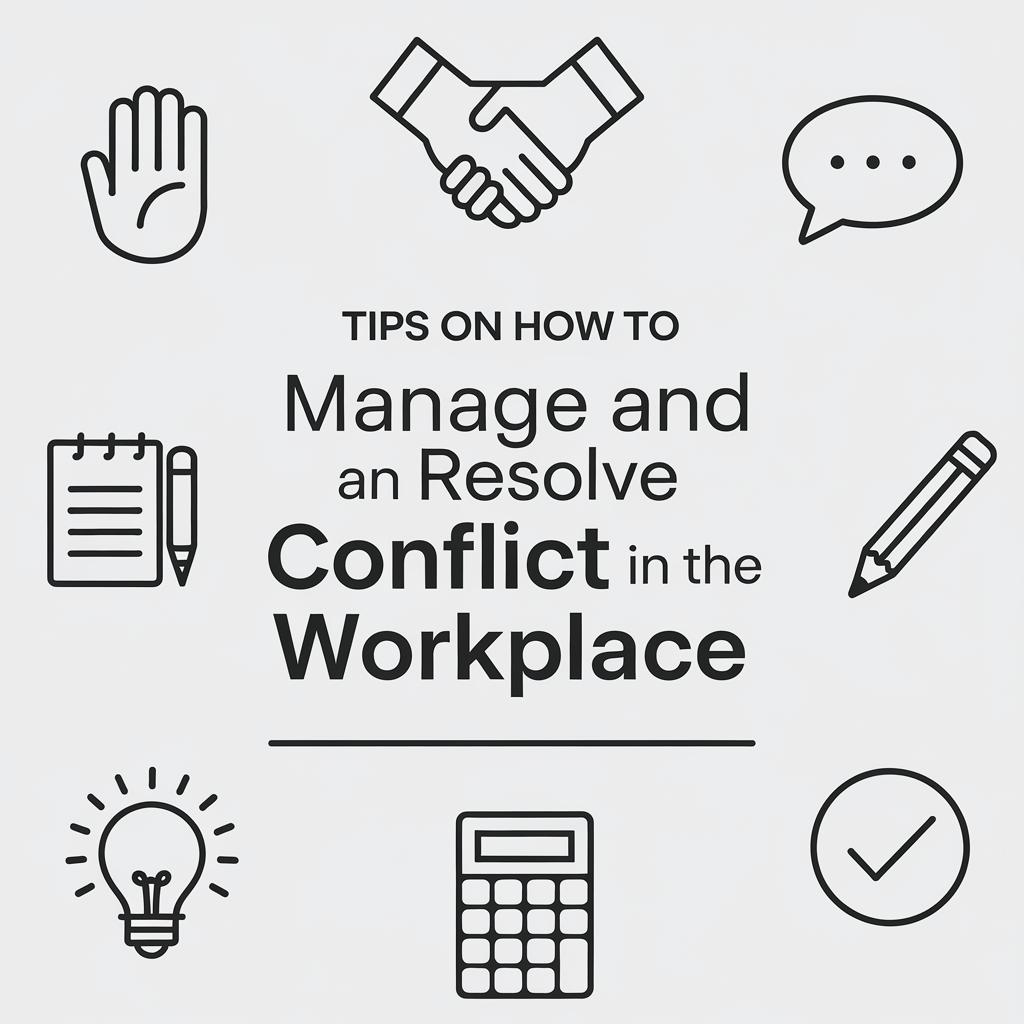Employee Engagement Strategies for Improved Workplace Environment
Employee engagement is a critical component of any successful organization, influencing everything from productivity to retention rates. This blog post delves into various facets of employee engagement, providing definitions, exploring its significance, and examining who’s responsible for fostering it. We will identify key drivers and outline strategies for enhancing engagement in the workplace. Additionally, we’ll discuss how to measure engagement effectively, including practical examples and models. By understanding the different types of employees and devising targeted engagement strategies, companies can foster a vibrant workplace culture. Finally, practical steps for improvement will be discussed, equipping organizations with actionable insights for enhancing engagement and, consequently, improving organizational outcomes.
01 Employee Engagement Definition
Employee engagement is often defined as the emotional commitment an employee has towards their organization and its goals. It signifies the level of enthusiasm and dedication an employee feels toward their job. When employees are engaged, they put discretionary effort into their work, going above and beyond what is expected of them.
This commitment translates into better performance, higher productivity, and improved job satisfaction. Engaged employees feel a profound connection to their work, which drives their motivation to contribute positively to the organization’s success. Understanding and nurturing this aspect is key to driving long-term success for any business.
02 Why Is Employee Engagement Important?
Employee engagement is crucial because it directly impacts a company’s productivity, morale, and retention rates. Engaged employees are more likely to stay longer, reducing turnover costs and ensuring continuity in the workplace. They are also more productive, often performing at higher levels than their disengaged peers.
Furthermore, engaged employees are often excellent ambassadors for their organizations, enhancing the company’s reputation both internally and externally. This leads to better recruiting outcomes, with prospective employees eager to join a company known for its positive workplace culture.
03 Whose Job Is Employee Engagement?
While it might seem that employee engagement is solely the responsibility of the HR department, it actually requires a collective effort. Every level of an organization, from senior management to team leaders and individual employees, plays a crucial role in fostering an engaging work environment.
Leaders set the tone by modeling engaged behavior and creating policies that prioritize employee well-being. Meanwhile, managers must communicate effectively, provide support, and recognize employees’ contributions. Every employee also contributes by participating actively and contributing to a positive workplace culture.
04 What Are the Drivers of Employee Engagement?
Several factors can drive employee engagement, such as meaningful work, recognition, professional growth, work-life balance, and strong relationships with colleagues and management. Providing opportunities for personal and professional development enables employees to feel valued and invested in.
Recognition is another key driver. Employees who feel their efforts are acknowledged and appreciated are more likely to be engaged. Regular feedback, transparent communication, and a culture of trust are also critical components that enhance engagement within a workplace.
05 Improving Employee Engagement Strategies
Improving employee engagement involves implementing strategies that align with the workforce’s needs and aspirations. This could include enhancing internal communication channels, adopting flexible work arrangements, and investing in employee development programs.
Organizations can also increase engagement by promoting a culture of inclusion where every voice is heard. Additionally, recognizing and rewarding outstanding performance can make employees feel valued and appreciated, further encouraging engagement.
06 Measuring Employee Engagement: Gallup’s Questions
Measuring employee engagement can be achieved using tools such as Gallup’s Q12 survey, which evaluates key areas that influence engagement. These questions cover aspects like employees’ understanding of job expectations, availability of necessary resources, opportunities for utilizing strengths, and recognition received for good work.
Regularly conducting these surveys provides invaluable insights into the current engagement levels and highlights areas that require attention. Organizations can then devise informed strategies to address gaps and enhance overall engagement.
Increasing Employee Engagement Post-Survey
Once engagement surveys are completed, it’s important to act on the feedback. Establishing focus groups to delve deeper into survey results can help in understanding specific employee concerns. Building action plans based on these insights ensures that efforts to increase engagement are strategic and targeted.
07 The Employee Engagement Model
The Employee Engagement Model provides a framework for understanding and boosting engagement levels within an organization. This model typically incorporates elements like leadership effectiveness, organizational communication, job satisfaction, and personal relationships.
By using this model, organizations can utilize data-driven strategies to enhance engagement levels. This structured approach allows for the identification and resolution of disengagement issues, promoting a cohesive and energized workforce.
08 Employee Engagement Examples: The 3 Types of Employees You Have
Employees typically fall into one of three categories: engaged, not engaged, and actively disengaged. Engaged employees are fully invested in their work, showing enthusiasm and dedication. In contrast, not engaged employees do their work but lack passion, while actively disengaged employees may undermine others’ efforts.
Understanding these categories can help managers tailor their engagement strategies to meet varying needs, ensuring that every employee is supported and motivated appropriately.
09 How to Improve Employee Engagement: Team Engagement Ideas
Team engagement can be bolstered through activities that promote collaboration and camaraderie. Ideas include team-building exercises, regular check-ins, and fostering a culture of open communication where team members feel comfortable sharing ideas.
Initiating mentorship programs and cross-departmental projects can also encourage engagement by providing employees with opportunities to learn new skills and expand their professional networks.
10 Improving Employee Engagement Begins Here
Fostering employee engagement requires proactive efforts and a commitment to creating a supportive workplace culture. Companies can start by evaluating current engagement levels, identifying key areas for improvement, and implementing targeted strategies.
Leadership plays a crucial role, as demonstrating authentic commitment to employee well-being and development can set the path for a more engaged workforce. By prioritizing engagement, organizations invest in their people, which ultimately drives organizational success.
Sign up to get our 10 Lessons to Improve Employee Engagement email series.
To help you further explore employee engagement strategies, sign up for our email series that offers expert insights and actionable tips to elevate your organization’s workplace environment.
| Section | Content Summary |
|---|---|
| 01 Employee Engagement Definition | Defines employee engagement and its impact on productivity and job satisfaction. |
| 02 Why Is Employee Engagement Important? | Explores the benefits of engaged employees, including better retention and productivity. |
| 03 Whose Job Is Employee Engagement? | Highlights the collective responsibility of fostering engagement across all organizational levels. |
| 04 What Are the Drivers of Employee Engagement? | Identifies key factors driving engagement, such as recognition and development opportunities. |
| 05 Improving Employee Engagement Strategies | Discusses strategies for enhancing employee engagement, including inclusive culture and rewards. |
| 06 Measuring Employee Engagement: Gallup’s Questions | Details the use of Gallup’s Q12 survey to gauge engagement levels and inform strategies. |
| 07 The Employee Engagement Model | Outlines a framework for understanding and boosting employee engagement. |
| 08 Employee Engagement Examples: The 3 Types of Employees You Have | Describes the three types of employees based on engagement levels. |
| 09 How to Improve Employee Engagement: Team Engagement Ideas | Offers team-building ideas to improve engagement and collaborative culture. |
| 10 Improving Employee Engagement Begins Here | Emphasizes the importance of leadership and strategic efforts in fostering engagement. |


